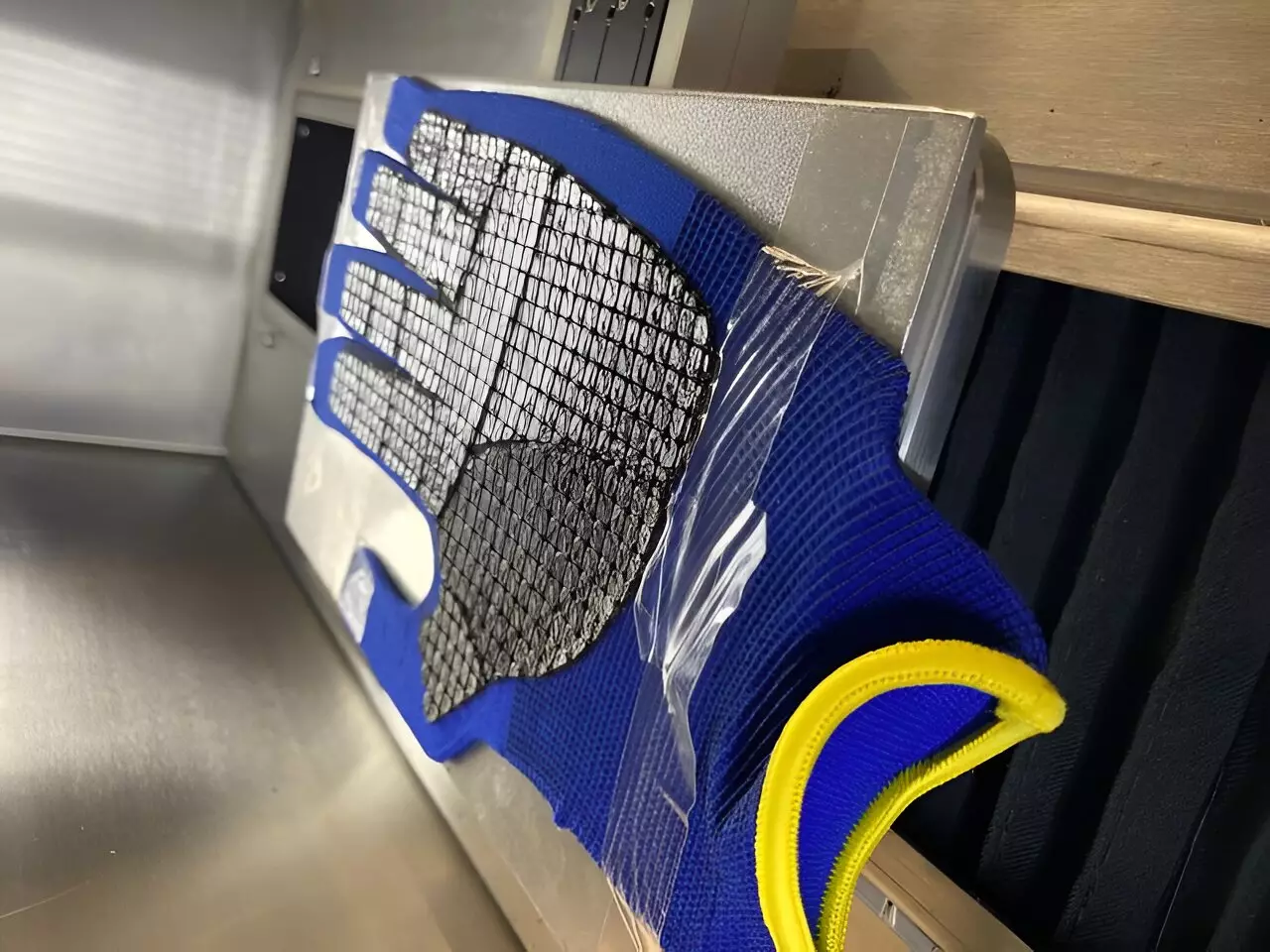Protective gloves are essential for various activities, be it in workplaces, sports, or gardening. Traditionally, these gloves have relied on coatings made from oil-based polymers, nitrile rubber, or latex to deliver necessary protective features, including resistance to abrasions, waterproofing, and protection against chemicals, cuts, and punctures. However, with growing environmental concerns regarding the sustainability of these materials, scientists have been prompted to seek better alternatives. The recent developments by researchers at the German Institutes of Textile and Fiber Research Denkendorf (DITF) mark a significant step forward in this domain.
Central to the innovation is lignin, a naturally occurring biopolymer found abundantly in plant cell walls and produced as a by-product of the paper industry. Unlike conventional oil-based materials, lignin presents an environmentally friendly alternative, providing similar protective capabilities. The main driver behind this project was to enhance existing protective gear while simultaneously incorporating sustainable materials. The potential for lignin in creating durable gloves is significant, given its resilience and adaptability when processed into thermoplastic materials suitable for 3D printing.
One of the standout features of this research is its use of 3D printing technology to produce glove coatings precisely and efficiently. This customization not only enhances the comfort and mobility for users but also ensures that the gloves can be tailored to fit individual needs, fundamentally rethinking the traditional glove manufacturing process. Moreover, while lignin’s hydrophobic nature enables it to resist water and enhances its durability, it also degrades more effectively under environmental conditions as compared to conventional materials. This reduction in long-term waste poses a substantial ecological advantage, aligning with the increasing demand for biodegradable products in today’s market.
The research project underscores that integrating lignin into protective gloves does not compromise safety standards; rather, it enhances them while simultaneously contributing to sustainable practices. Gloves manufactured with lignin-based coatings not only exhibit significant resistance to wear and tear but also address the persistent issue of environmental pollution caused by microplastics liberated from conventional coatings. The higher surface-to-volume ratio of lignin particles means they break down faster in the environment, providing a dual benefit of both durability and eco-friendliness.
The pioneering work of the DITF highlights a promising shift toward sustainable protective gear. By utilizing lignin and 3D printing technology, researchers are establishing a blueprint for future developments in personal protective equipment (PPE). This innovative approach not only fulfills the growing demand for environmentally responsible products but also ensures that such materials can meet and exceed industry performance standards. The evolution of glove coatings from traditional, less sustainable materials to innovative, eco-friendly alternatives like lignin represents a crucial step in promoting a greener future for protective gear and a more sustainable world overall.


Leave a Reply